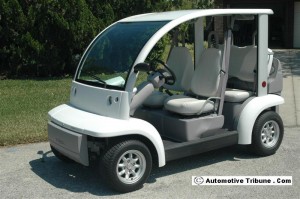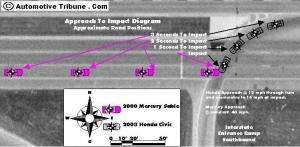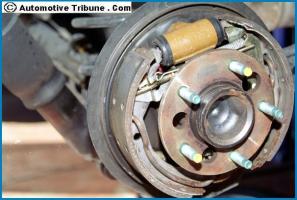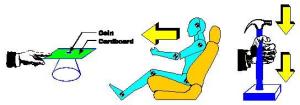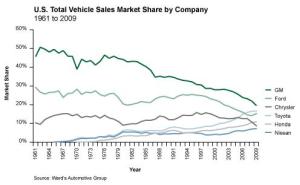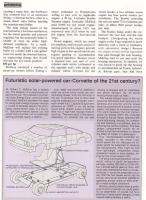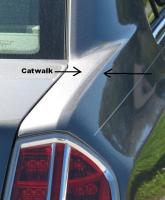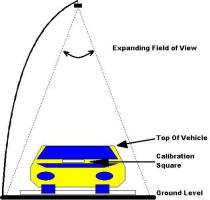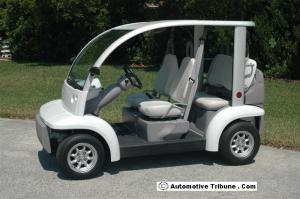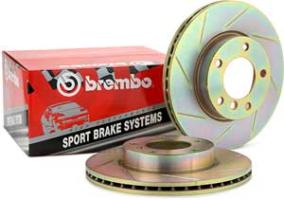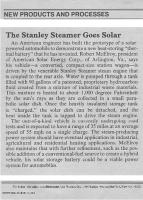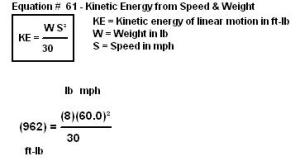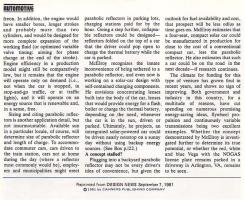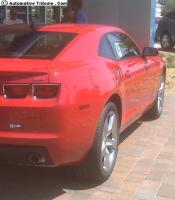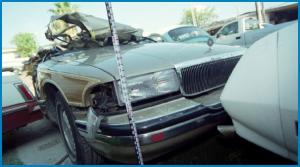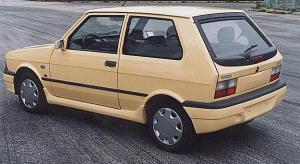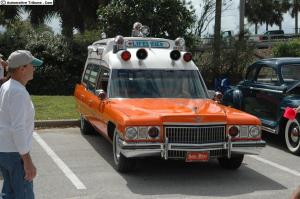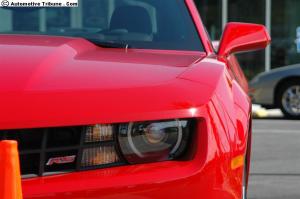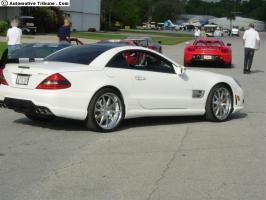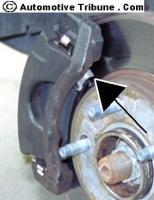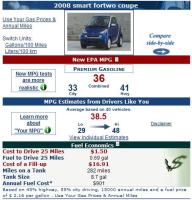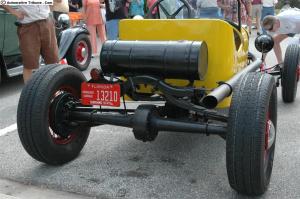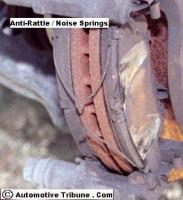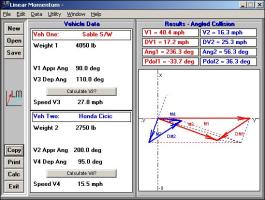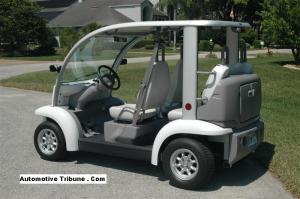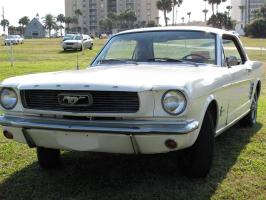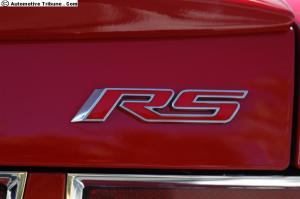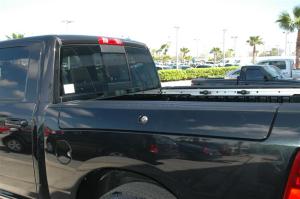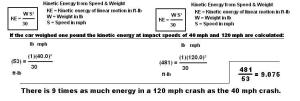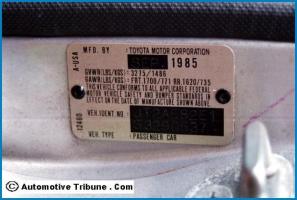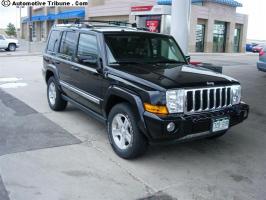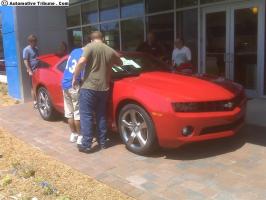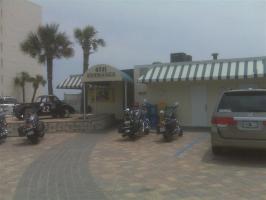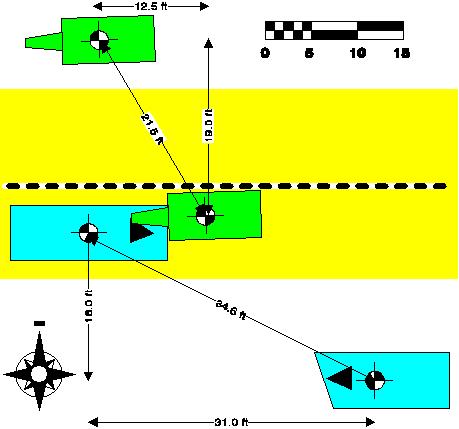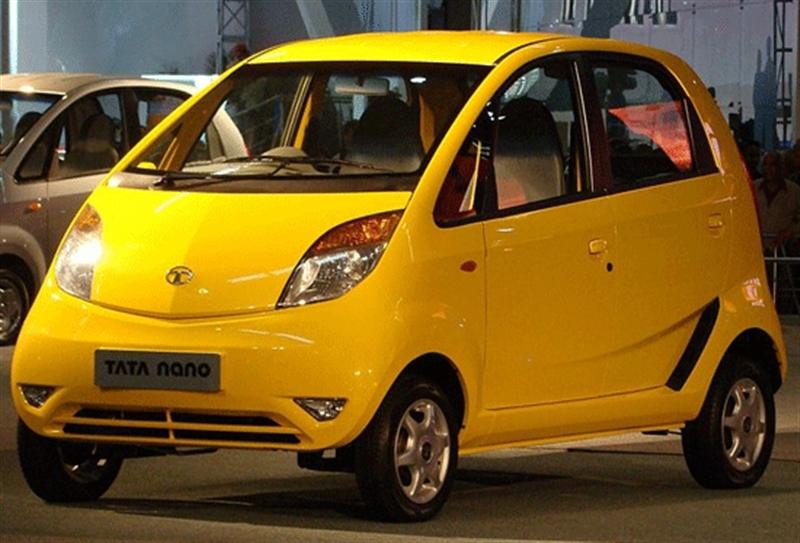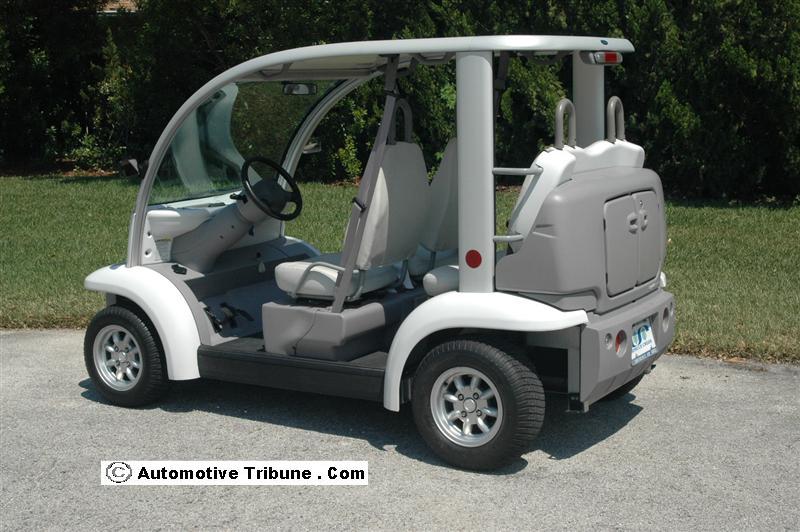LSV Low Speed Vehicles and NEV Neighborhood Electric Vehicles
represent a classification for a Federally approved street-legal vehicle that is speed limited to 25 mph. This United States Department of Transportation [USDOT] legislation was put into effect by Federal Motor Vehicle Safety Standard [FMVSS] 500 in 1998.
Simply put, NEV’s represent a speed limited battery powered car that, typically, can be operated on city streets with speed limits no greater than 35 mph. They recharge by plugging in their built in battery charger.
Golf carts are the heritage for NEV’s. Inspection of a typical golf cart reveals leaf springs for both front and rear suspension. In some models front end alignment is achieved by rotating an oblong-type headed bolt, in a slot in the front transverse steel leaf spring, so the spring is shifted left or right. Steel leaf springs in the rear attached to a solid rear axle reduces alignment problems. Big tires with low air pressure provide a cushioned ride over uneven terrain and the golf course.
NEV’s are significantly different than golf carts because they are designed to run at higher speeds. Suspension, performance and handling are designed for a higher normal operational speed which does not necessarily include touring the golf course. Higher pressure tires with USDOT highway ratings require a suspension that will soak up uneven terrain, bumps, pathway imperfections and highway potholes in addition to a level-terrain range approaching 40 miles.
Shown above is a 2002 Ford Th!nk car. Ford made 8,000 Th!nk’s in three body styles; 2-door, 4-door, and utility / truck. They are powered with a 72 volt battery pack and 5,000 watt DC motor which take 4 to 8 hours to recharge from 110v house current. Suspension relies on coil-over springs at each corner. Brakes are hydraulic with a manual hand parking brake. There is also regenerative braking, which means that if you take your foot off the throttle (no gas remember) that the cart momentum will put energy back in the battery pack because the motor is now driven so the motor becomes a charger.
The four passenger Th!nk has a curb weight of 1,400 pounds and payload wieight of 900 pounds. It is fitted with 3 mph impact bumpers, high mounted stop light, 3 point safety belts in all positions, head restraints for all seating positions, side reflectors, automotive AS-1 glazed windshield, windshield washer/wiper, turn signals, hazard lights, reverse lights, speedometer, odometer and I will spare you the details that remain. Simply put, the NEV has many of the same safety and operational features as a typical car. There is one real big difference, the chassis does not have to survive the Federal impact testing.
This chassis is all aluminum and it is sophisticated in design and construction. Reference to the Owners Manual and Service Manual shows that professional car designers did this vehicle. If you have spent time with automotive service manuals you will know how to find the appropriate section.
The US Department of Energy did some tests with the then new Th!nk and reported a maximum speed range of 38.6 miles with an energy use of 4.92 kWh, average power of 2.78 kW, an efficiency of 167.6 Wh-AC/mile, at an energy cost @ $0.10/kWh: $0.016/mile. Focusing on the $ cost presented, it looks like if you travel 20 miles it will cost 32 cents. To continue with this hypothetical math, if your current car gets 20 miles per gallon and fuel cost is $1.92 per gallon and Th!nk cost is 32 cents for the same 20 miles then we have an equation that says that the Think has 1/6 the fuel cost of the car.
It’s a shame that Ford sold the car and tooling to Think Norway http://www.think.no/think/Our-Company/About-Think/History. Ford became a major shareholder and invested USD 150 million in Think during its four years as an owner. When Ford decided to leave the electric vehicle sector in 2003, Think was sold out of the car manufacturing group. Though struggling to survive, Think has always retained the basic infrastructure and acquired considerable competence from its American owners.
With Ford’s exit, Chrysler’s competitive Global Electric Motorcars or GEM has gone on to produce more NEV’s than anyone else. Today you can buy a new reliable GEM in several body styles. GEM and Th!nk are very similar in in some ways and very different in others. It’s a shame that the original Th!nk is no longer in production because of its sophisiticated independent suspension, aluminum chassis and ergonomic comfort.


